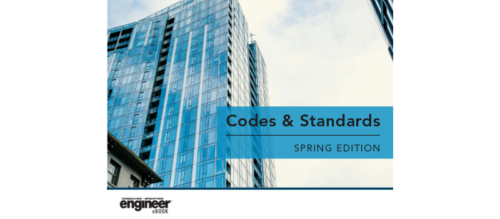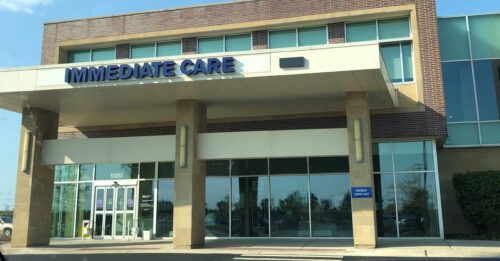ASCE calls independent panel amid claims of WTC, Katrina cover-up
The American Society of Civil Engineers has convened an independent panel to investigate the most recent allegations that it covered up catastrophic design flaws while investigating national disasters for the federal government. Critics accuse the organization of covering up engineering mistakes, downplaying the need to alter building standards, and using the investigations to protect engineers and government agencies from lawsuits.
The American Society of Civil Engineers (ASCE) has convened an independent panel to investigate investigations that it covered up catastrophic design flaws while investigating national disasters for the federal government.
Engineers have accused the ASCE of covering up design flaws while investigating the 2001 attack on the World Trade Center and the levee failures caused by Hurricane Katrina in 2005. In these two cases, the federal government paid ASCE to investigate what went wrong with the building structures and levees.
Critics accuse the organization of covering up engineering mistakes, downplaying the need to alter building standards, and using the investigations to protect engineers and government agencies from lawsuits.
Similar accusations arose after both disasters, but the most recent allegations have pressured ASCE to ask an independent panel to look into the claims.
“They [ASCE] want to make sure that they do things the right way and that they learn lessons from the studies they do,” said Sherwood Boelhert, a retired Republican congressman from New York who heads the panel. He led the House Science Committee for six years.
The panel is expected to issue a report by the end of April and may recommend that the society stop taking money from government agencies for disaster investigations.
The engineering group says it takes the allegations seriously, but it has declined to comment until completion of the panel’s report and an internal ethics review.
In the World Trade Center case, critics contend the engineering society wrongly concluded skyscrapers cannot withstand getting hit by airplanes. In the hurricane investigation, it was accused of suggesting that the power of the storm was as big a problem as the poorly designed levees.
The group has about 140,000 members and is based in Reston, Va. It sets engineering standards and codes and publishes technical books and a glossy magazine. Members testify regularly before Congress and issue an annual report on the state of the nation’s public works projects.
The society received a $1.1 million grant from the Army Corps of Engineers to study the levee failures. Similarly, the Federal Emergency Management Agency paid the group about $257,000 to investigate the World Trade Center collapse.
Read the executive summary of the ASCE and FEMA study of the World Trade Center.
Read ASCE’s study of New Orleans’ levees.
Do you have experience and expertise with the topics mentioned in this content? You should consider contributing to our CFE Media editorial team and getting the recognition you and your company deserve. Click here to start this process.



